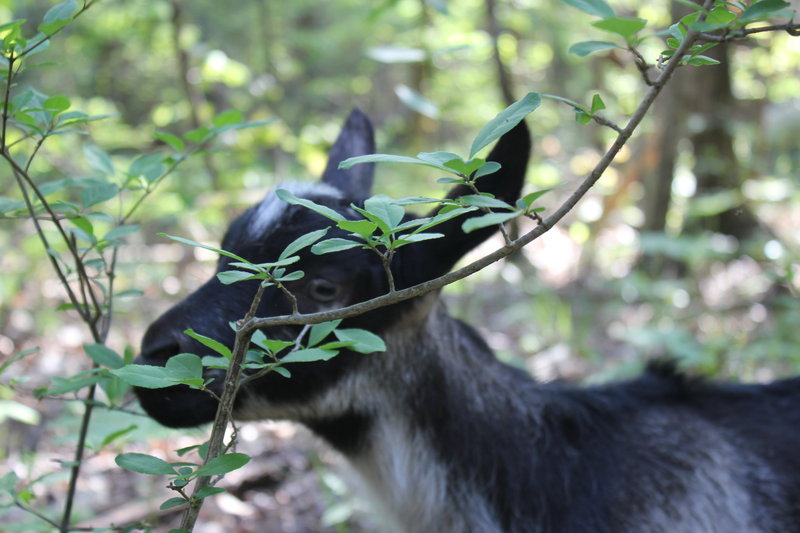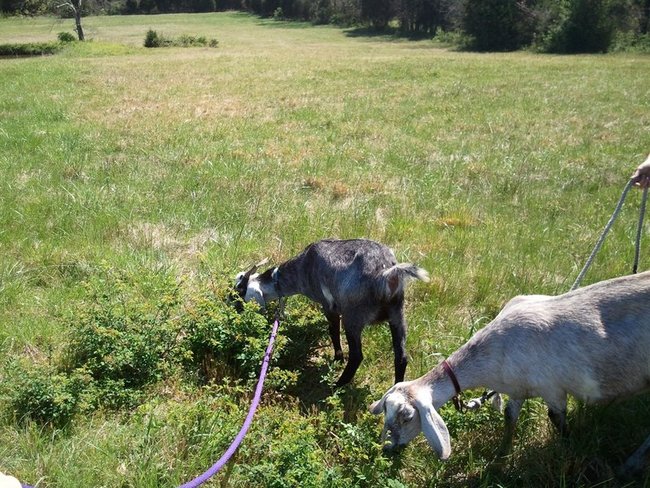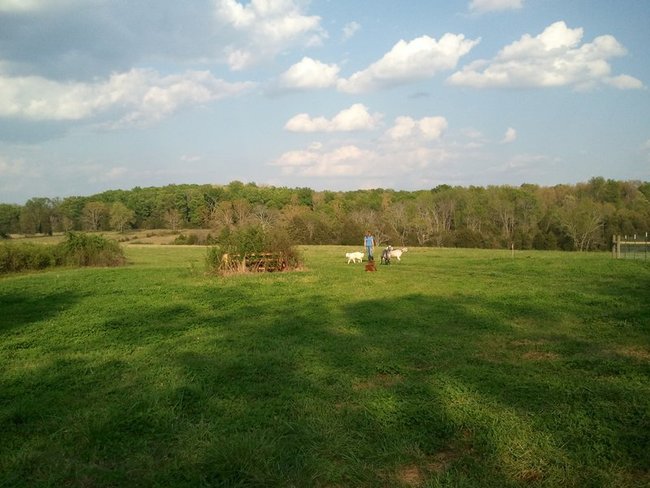When we came to the farm a month ago it was the perfect time to be looking for some milking does and their baby goat kids. Most goats are bred to have kids in the Feb/March/April time frame, so we started contacting people in December and January about availability for March. Our mission was to find some milking does and kids that we thought would thrive on our farm.
There's a lot that goes into the beginnings of a herd, so I’ll talk about a few of them in no particular order. One of our primary hopes was to find goats from Tennessee (or at a minimum from the South.) By focusing on goats in TN we were hoping to find animals acclimated to our climate, and our parasites. It’s stressful enough to move an animal from one location to another, let alone take it to an entirely different climate, so we tried to keep our animal purchases local. If a goat has lived in our climate previously then it’ll have a better chance at surviving in our climate in the future. It can get hot and humid in TN, which is different from a state like Vermont or Oregon. It didn’t make a lot of sense to us to seek out goats from that far away if we could source them locally. As we expand the herd this may be a more difficult task (and we may want to expand our genetics eventually), but we hope we to keep our livestock purchases as local as possible.



